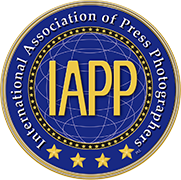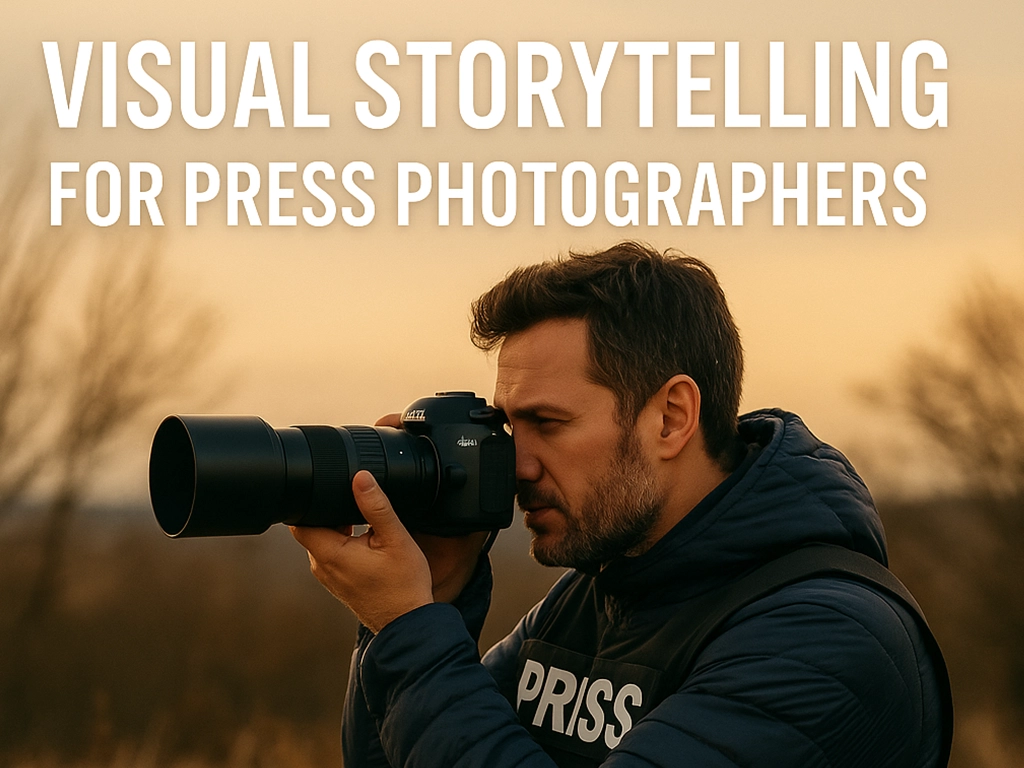Introduction
In today’s saturated media world, powerful visual storytelling is one of the most effective ways to grab attention and communicate complex stories. For press photographers, it’s not just about taking great individual shots – it’s about creating photo series that tell coherent, emotional and compelling stories. A strong narrative photo series can make the difference between a brief glance and a lasting impression.
The International Association of Press Photographers (IAPP) provides valuable resources to help photographers master visual storytelling. With workshops, mentoring and a global community, IAPP supports photographers at every stage of their careers.
Why Visual Storytelling Is Important in Journalism
In a world where people are overwhelmed by information, visual storytelling cuts through the noise and conveys messages quickly and effectively. Unlike isolated images, narrative photo series allow journalists to explore a topic with depth, context, and emotion. They allow viewers to follow the development of a story, understand its nuances, and connect with its human elements on a much deeper level.
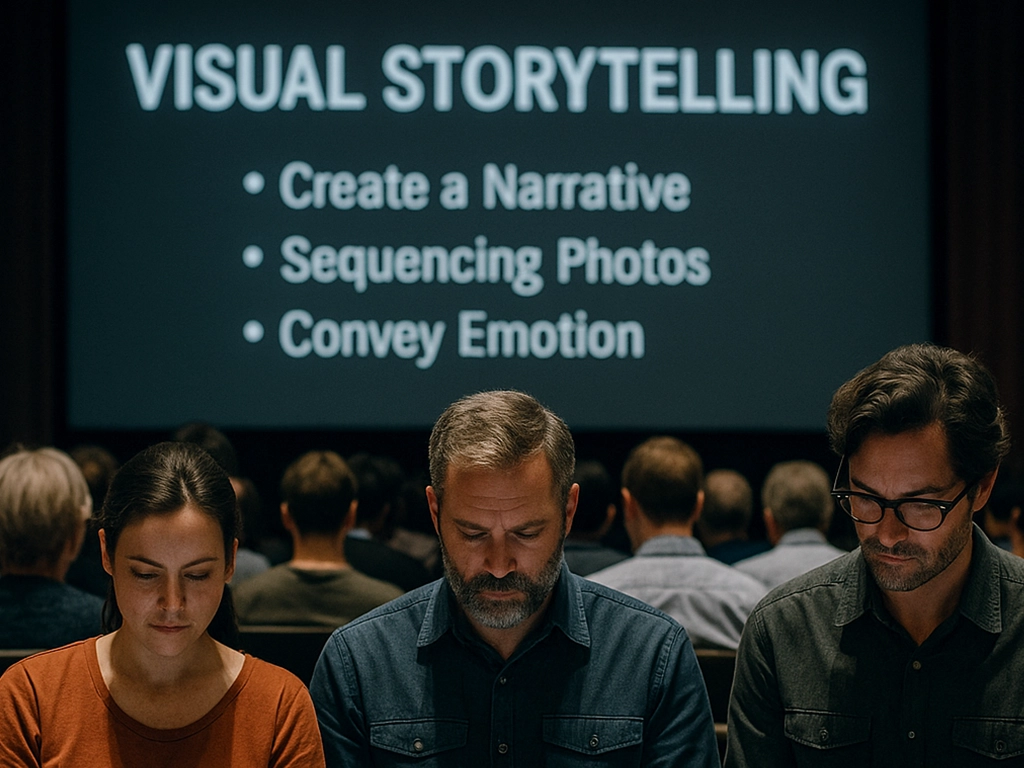
Strong visual storytelling serves several purposes:
- Create emotional impact: A well-coordinated photo series draws viewers into the story and helps them connect with the protagonists’ experiences, emotions, and struggles. Emotional resonance is what makes stories memorable.
- Conveying complex information: Some topics, such as social injustice, humanitarian crises, or political conflicts, require more than one image to fully convey their complexity. A carefully crafted narrative helps the audience understand these layers.
- Bridging cultural and language barriers: Visual stories overcome linguistic and cultural differences, allowing global audiences to engage with stories regardless of their background.
- Strengthening public awareness and advocacy: Compelling visual narratives can stimulate public discourse, influence political discussions, and inspire social action.
- Improve credibility: A comprehensive photo series shows that the journalist has invested time, research, and empathy into the story – qualities that are increasingly valued by editors and audiences alike.
- Increase engagement: In times of short attention spans and fast-scrolling news feeds, visual storytelling keeps audiences engaged for longer and encourages sharing across digital platforms.
In short, visual storytelling allows press photographers not only to document facts, but also to create meaningful narratives that resonate and inspire.
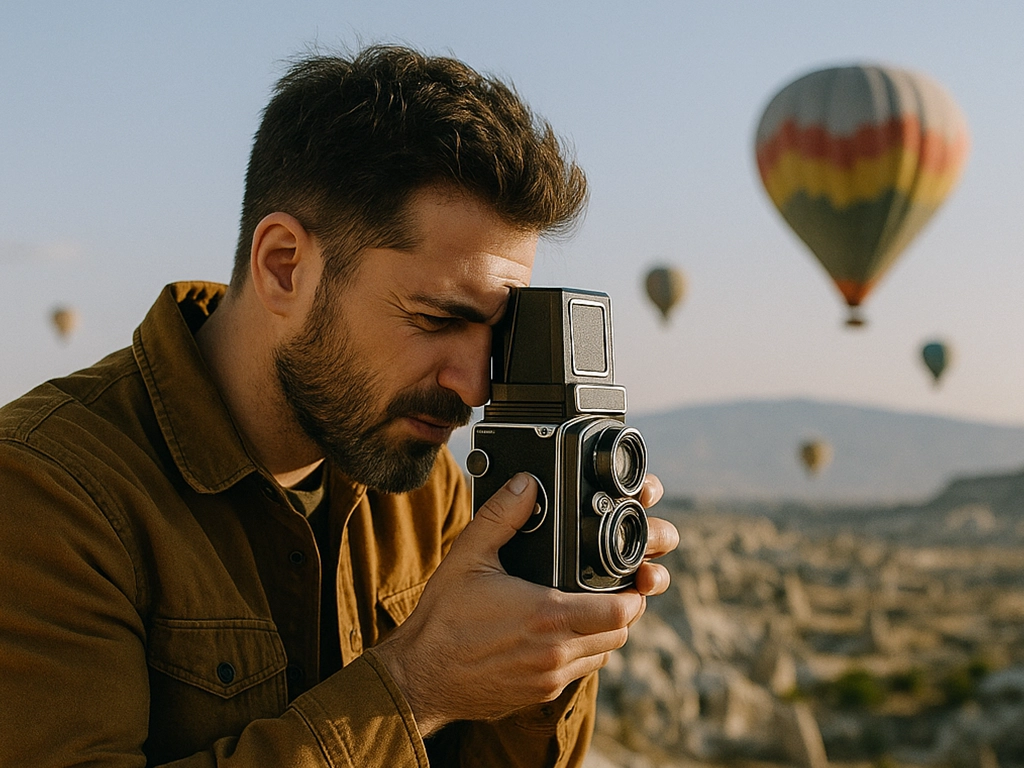
The Core Elements of Effective Visual Storytelling
Strong concept and preparation
Every photo series begins with a clear idea. Before you start recording:
- Define your core story: What message or theme do you want to convey?
- Research your topic: Understand the cultural, social, or political context.
- Plan your access: Get the necessary permissions and credentials, and schedule interviews if needed.
IAPP members benefit from global networking opportunities, which often help to gain access to exclusive stories.
Structure of the narrative sequence
An effective photo series follows a structure:
- Introductory setting: Establishes the setting or introduces key characters.
- Contextual images: Specify the background and environment to set the scene in the scene.
- Action Shots: Capture moments that move the story forward.
- Details and close-ups: Add depth and emotion to the narrative.
- Final image: Concludes the story or leaves a strong last impression.
Sequencing is essential. The order of the images should naturally guide the viewer through the story while maintaining the emotional connection.

Emotion, authenticity and ethics
- Be present and patient: Some of the strongest images emerge in moments of vulnerability or silent interaction.
- Stay low-key to capture real emotions.
- Always respect the dignity and privacy of your subjects.
- Follow professional ethics guidelines such as the IAPP Code of Ethics.
Authenticity strengthens the emotional bond between the viewer and the story.
Technical consistency
- Maintain consistent lighting, color grading, and style throughout the series.
- Use composition techniques such as leaders, symmetry, and framing to improve visual coherence.
- Ensure high technical quality: sharpness, sharpness and exposure must be flawless.
Editing and post-processing are also important. The IAPP offers specialized workshops on editing techniques for visual storytelling.
Improve visual storytelling with workshops and courses
Continuous learning is key to mastering the complex craft of visual storytelling. The IAPP offers a structured path that allows photographers to systematically improve their skills step by step. Here’s how photographers can approach this process effectively:
Step 1: Self-assessment and goal setting
- Analyze your current portfolio and identify vulnerabilities. Do you have problems with composition, sequencing or emotional depth?
- Set specific learning goals, such as improving narrative structure, capturing stronger emotions, or mastering editing techniques.
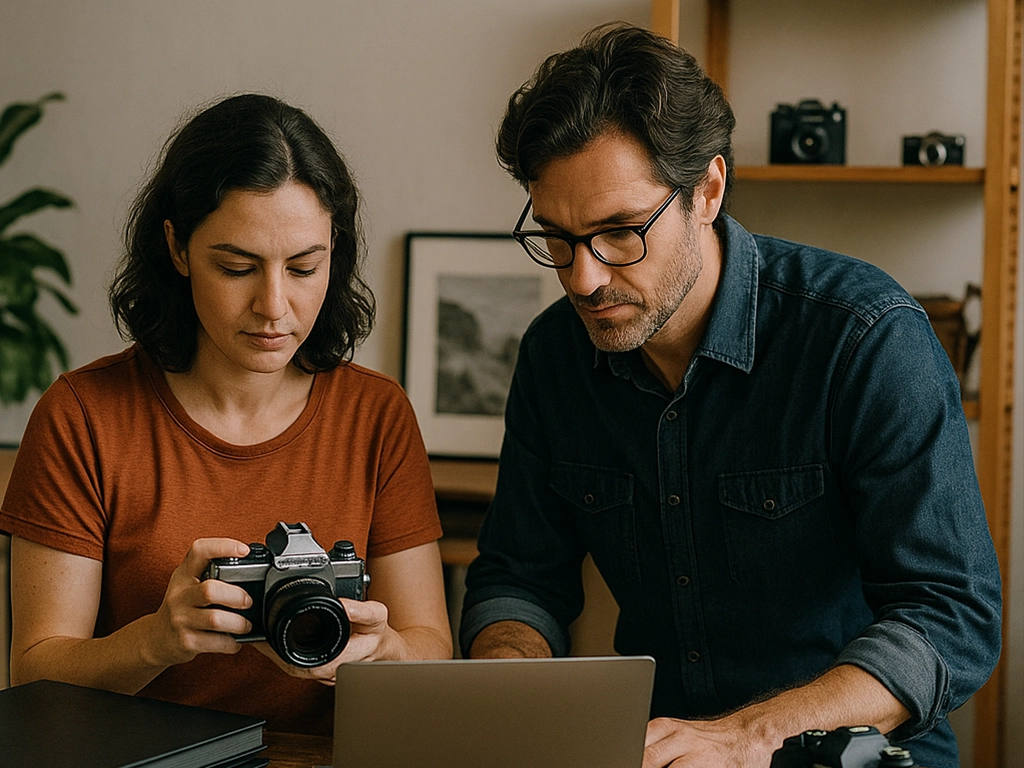
Step 2: Start with the Core Workshops
- Sign up for introductory workshops that focus on the fundamentals of photojournalism. These courses teach how to plan a photo series, do thorough research, and approach topics ethically.
- Learn about the difference between capturing standalone images and creating a visual narrative that spans multiple frames.
Step 3: Specialize in your area of interest
- Take genre-specific courses (e.g., conflict photography, humanitarian stories, environmental reporting, or political reporting) where instructors focus on the unique challenges and ethics of these niches.
- Take part in hands-on field operations where you can practice shooting in real-world conditions with expert feedback.
Step 4: Editing and post-production
- Take specialized editing classes that focus on creating sequences, visual rhythm, and maintaining consistency in post-production.
- Learn how to critically review your own photo series, identify faint images, and curate a focused graduation story.
Step 5: Mentoring and Peer Review
- Benefit from mentoring programs where experienced press photographers review your ongoing projects.
- Participate in peer review sessions with other IAPP members for diverse perspectives and constructive criticism.
Step 6: Portfolio development and public presentation
- Assemble your best work into sophisticated, professional photo series.
- Prepare submissions for press agencies, exhibitions, or competitions.
- Use your new visual storytelling skills to present complete story packages to editorial decision-makers.
At every stage of this learning journey, IAPP offers ongoing support through its global network of professionals, structured learning paths, and hands-on training opportunities. Whether you’re a beginner or an experienced photographer, these workshops are designed to teach actionable techniques that you can immediately apply to your next assignment.
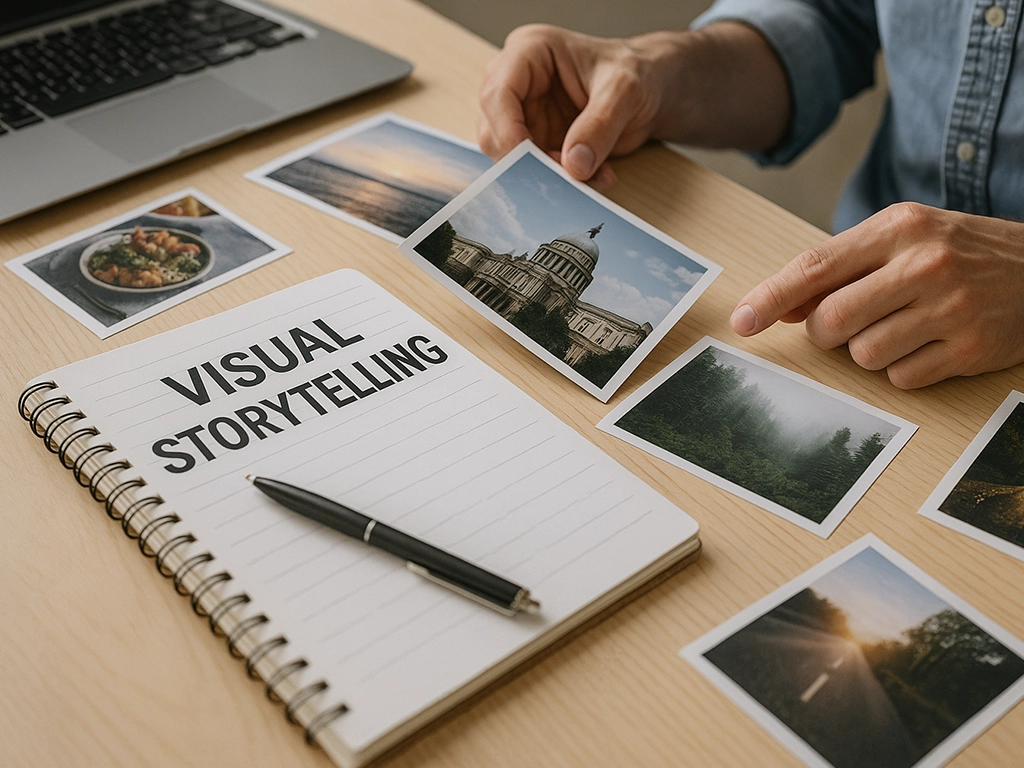
How Visual Storytelling Increases Your Professional Value
Mastering visual storytelling will not only improve your craft, but it will also significantly increase your professional marketability. In today’s competitive media landscape, editors and clients are constantly looking for journalists who can deliver not just individual images, but complete, compelling visual narratives that add depth to their coverage.
A well-structured photo series shows your ability to:
- Research and understand complex topics that go beyond superficial reporting.
- Build trust with the subjects and capture intimate and authentic moments.
- Organize and present stories with clarity and emotional power that appeal to diverse audiences.
- Deliver consistently high-quality work under deadline pressure and challenging field conditions.
Editors recognize that photographers who are able to produce full stories reduce their editorial workload, provide richer content for publication, and raise the overall journalistic standard of their media. Well-developed storytelling skills also position photographers for awards, exhibitions, book publications, and long-term collaborations with international media organizations.
By mastering visual storytelling, you’ll not only create better images, but you’ll also establish yourself as a highly valuable contributor, capable of handling complex, high-profile tasks with professionalism and integrity.
Inference
Visual storytelling is at the heart of strong journalism. A compelling series of photographs can document history, drive social change, and touch audiences around the world. With strong concepts, thoughtful composition, and ethical integrity, press photographers can create narratives that resonate far beyond a single image.
The International Association of Press Photographers (IAPP) provides the ideal platform to strengthen your visual storytelling skills. With access to expert advice, exclusive workshops and a global network, you’ll have everything you need to build your career and tell impactful stories.
Ready to take your storytelling to the next level? Become a member of the IAPP today and become part of an international community dedicated to excellence in press photography.
